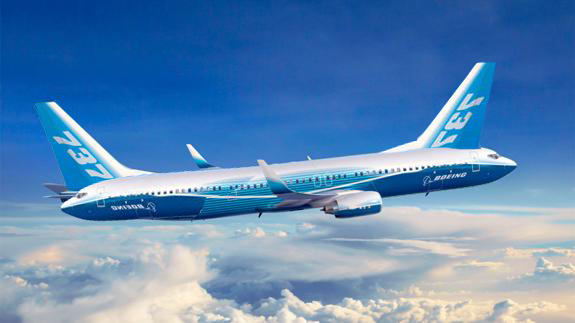CuervoRC
New member
You know that for a plane to fly well it has to be perfectly balanced and the stabilizers have to be in place. Making a radio-controlled plane that flies in both directions, either with an motor on each side or with a reversible motor, seems to me to be the greatest challenge that can be done by an aircraft designer. Because making planes with funny shapes that fly is easy, you only need wings, horizontal and vertical stabilizer with the shape you want, and worse or better, but it will fly.
I have an idea of how it could be done, but maybe it doesn't work. Let's see who can do it first, at least fly for a minute in each direction and make two low passes.
I will create a YouTube list with all the videos of the people who try it.>
What do you think? Is it possible?

I have an idea of how it could be done, but maybe it doesn't work. Let's see who can do it first, at least fly for a minute in each direction and make two low passes.
I will create a YouTube list with all the videos of the people who try it.>
What do you think? Is it possible?

